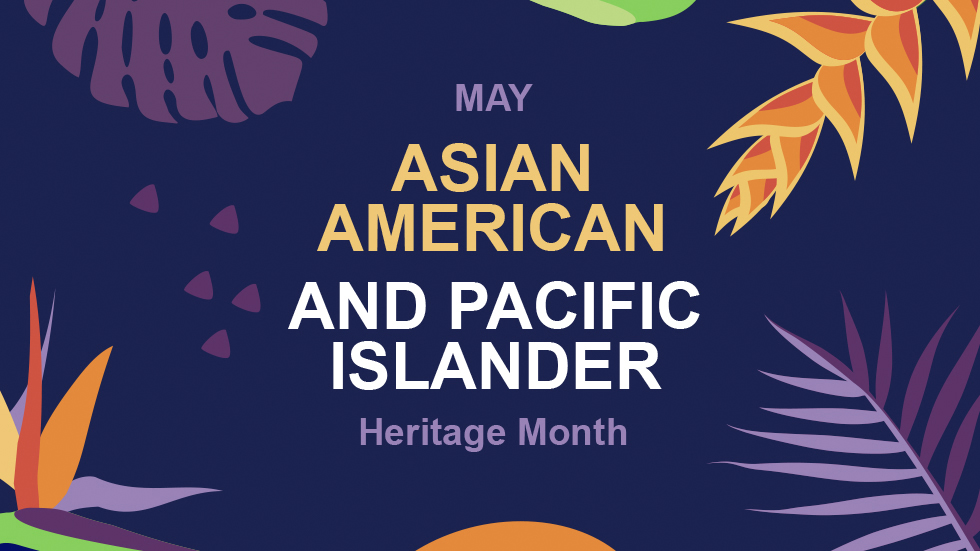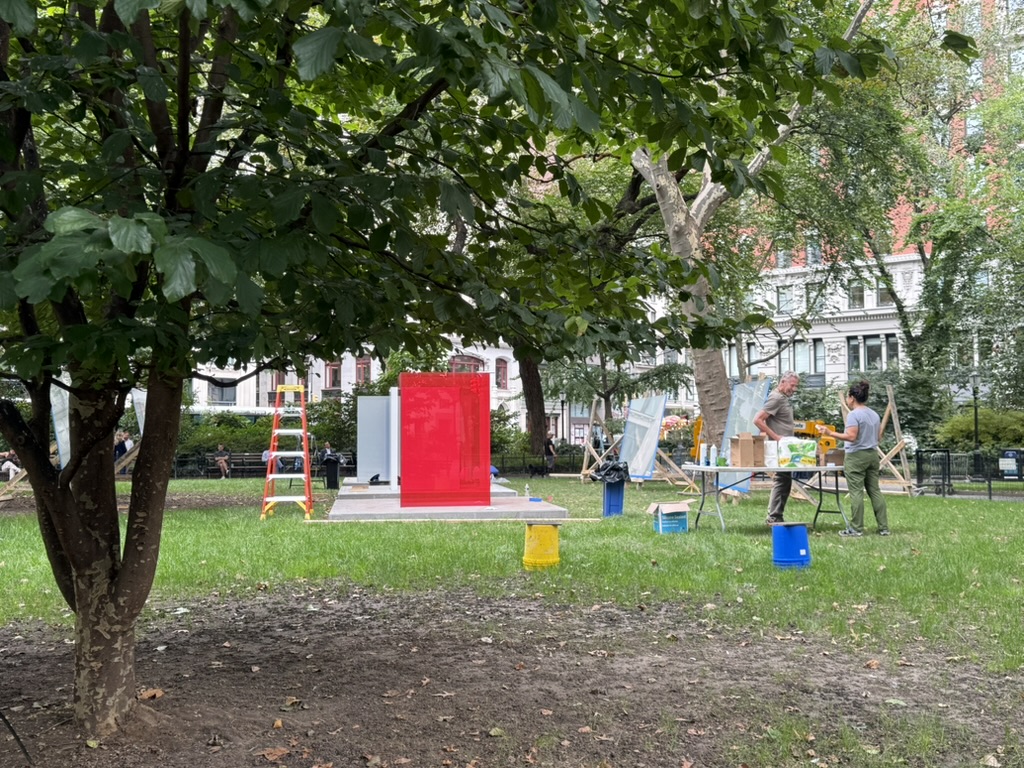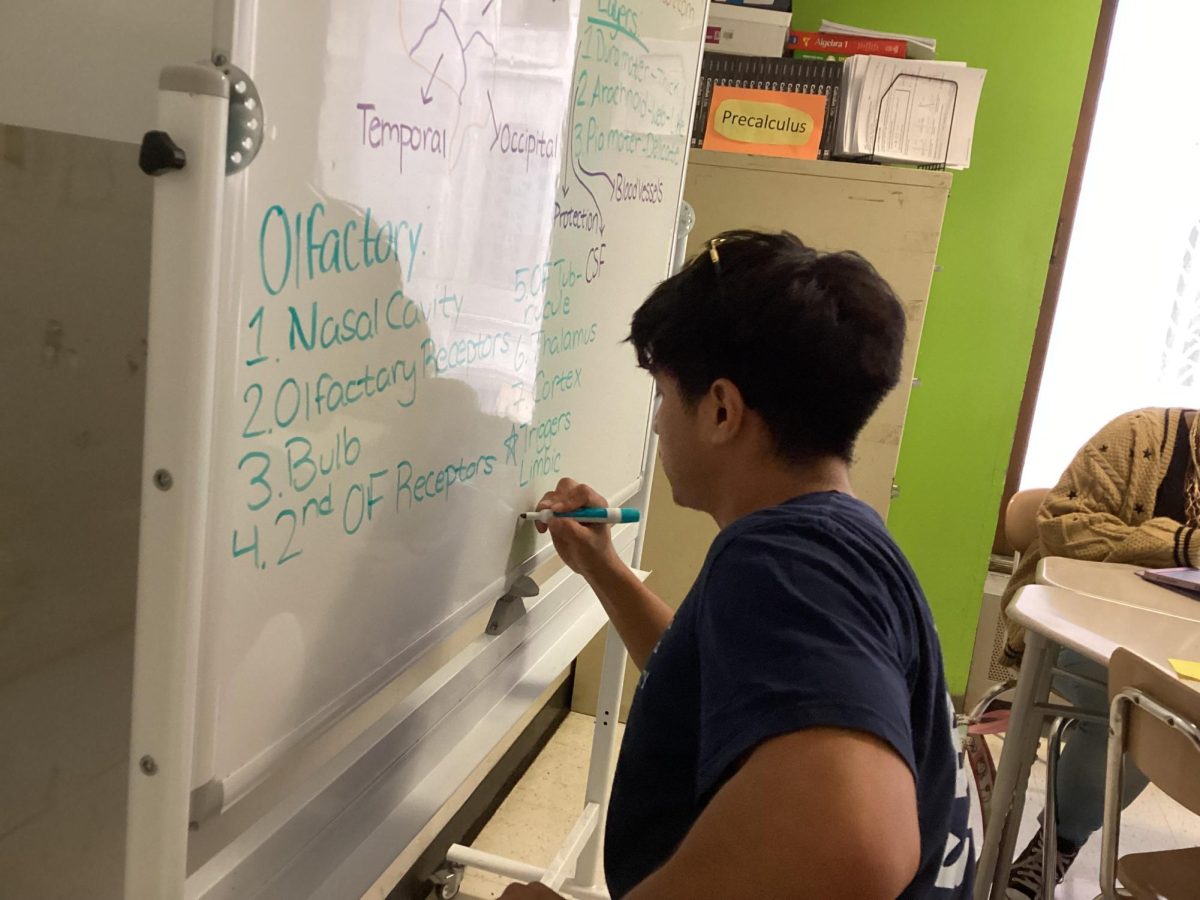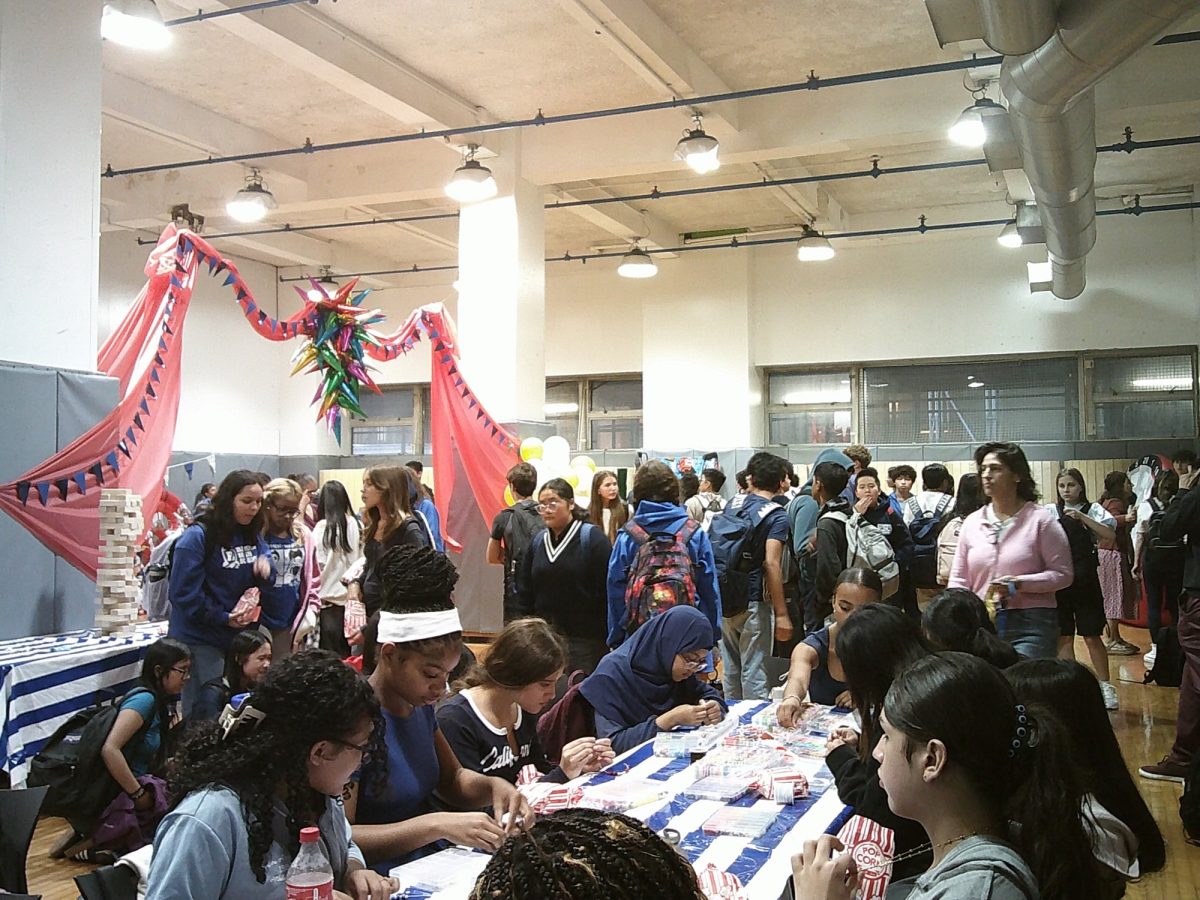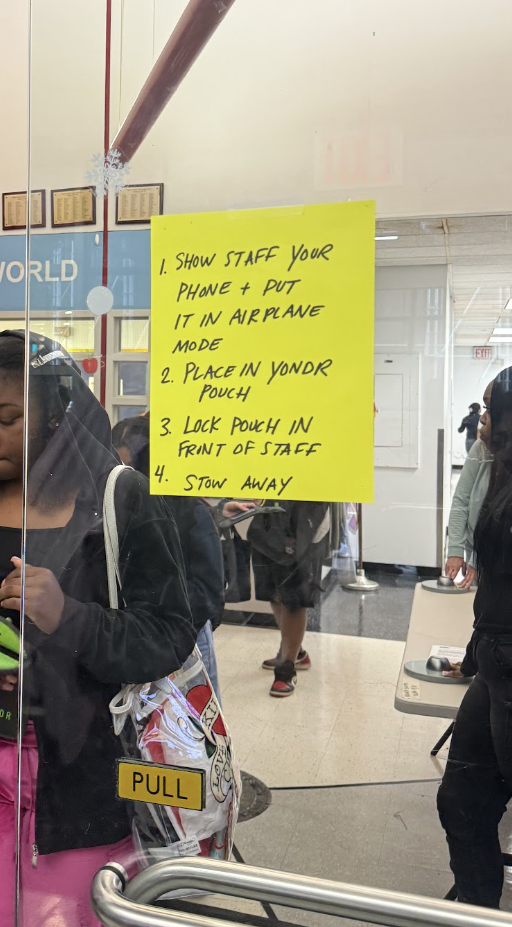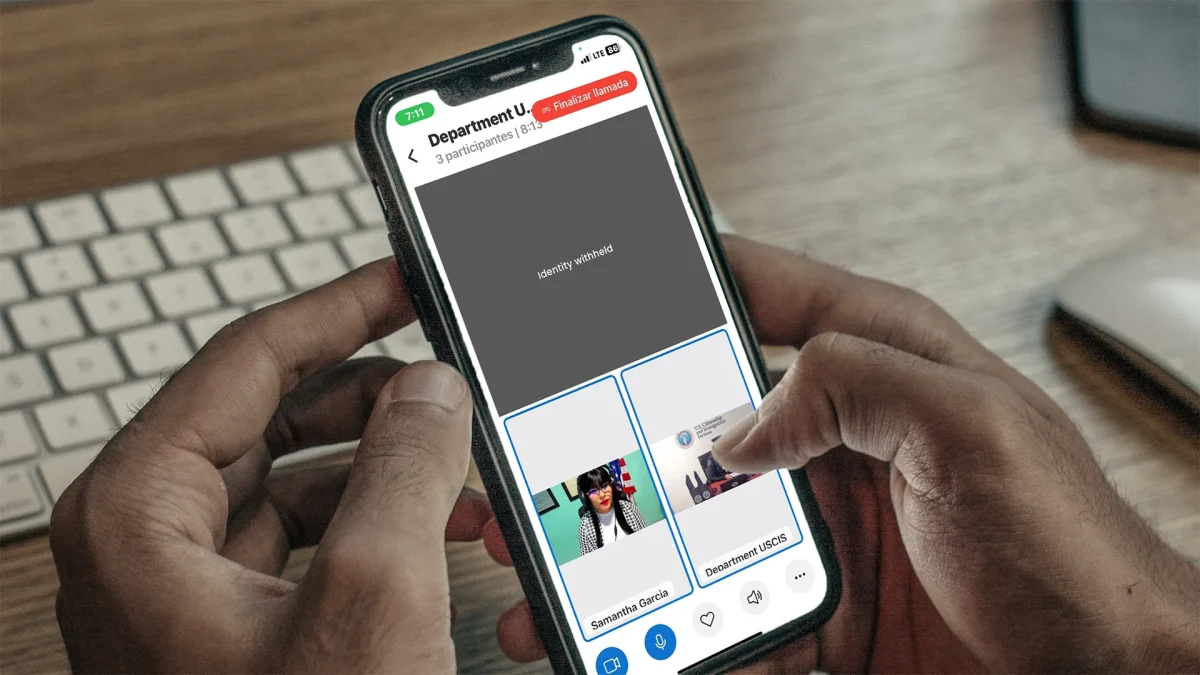The idea for an Asian American and Pacific Islander celebration didn’t rise from just anywhere–it came from a need for identity, unification, and a political identity.
The concept was first formed by UC Berkeley graduate students Emma Gee and Yuji Ichoika. They founded the Asian American Political Alliance (AAPA), with the goal to unite people of different Asian ethnic backgrounds during a time of widespread activism. The organization would strengthen unity between Asian Americans and promote a pan-Asian identity; this solidarity was essential for activism and combating the racism that plagued Asian American communities.
Events such as the internment of Japanese Americans and the Vietnam War fueled discrimination against all Asians in the U.S. The hate wasn’t specific to just Japanese or Vietnamese people–which proved that ethnicity didn’t play a role in how Asian Americans were treated.
A major example came later in 1982 during which Vincent Chin, a Chinese American man, was murdered by two white men who assumed he was Japanese. The tragedy sparked a national movement for Asian American rights and freedoms. Thousands of protesters and activists fought for equality across the country.
The efforts to honor these activists and culture took decades, beginning in the late 1970’s. New York Representative Frank Horton proposed a week-long commemoration in 1977, along with Hawaiian Senator Daniel Inouye.
The proposal was rejected, but the senator reintroduced it the following year. President Jimmy Carter signed the week-long national Asian American and Pacific Islander celebration into law in 1978, but Congress didn’t extend it to a full month until 1990.
Today, the term “Asian American” and “AAPI” continues to represent unity of a diverse population in the face of hate– and today, we dedicate a month to honor and celebrate them.
“I’ve seen AAPI highlighted in social media, seeing people posting about their culture or just spreading awareness on the month in general,” said Sophomore Sophie Young. “I also see it in our school. I feel like Baruch does a good job at spotlighting diverse groups of people, especially during special months like these.”
Sites such as Google often feature elements of AAPI culture in their homepage logo, “Google Doodle”. The New York Public library also highlights AAPI month in their “spotlight” section by hosting events with AAPI figures and cultural events.
This being said, not everyone has experienced the cultural awareness of AAPI month.
“I don’t really feel like I see it talked about,” Sophomore Katie Caba said. “I feel like I heard about it a few times and that’s it. Like, it’s not really talked about as much as other months.”
AAPI month is not the perfect solution or celebration that can “fix” the generations of racial discrimination AAPI communities have faced. AAPI month is not just about spotlighting stories or social media posts, but about truly honoring the cultures and struggles for equality communities have faced.
The month is intended to honor the legacies of people like Emma Gee, Yuji Ichoika, and Vincent Chin, and is meant to be more than just surface-level. It’s often neglected as a genuine celebration and more as a symbolic gesture, used for institutions to simply check a diversity “checkbox”.
“I feel like it’s important for people to talk about,” said Selina Wen, “but people kind of just skip over it.”


